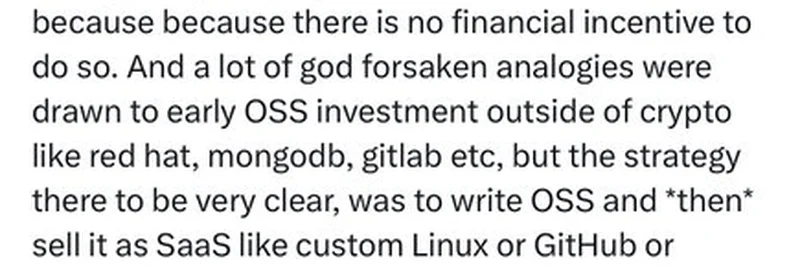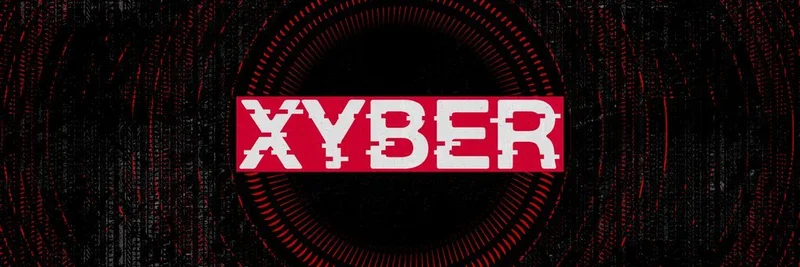Hey there, crypto enthusiasts! If you’ve been hanging out on Crypto Twitter lately, you might have stumbled across a thought-provoking thread by @0xkyle__ posted on July 2, 2025. This deep dive into the "fat protocol thesis" and its impact on the crypto world has sparked some serious conversations. As a former editor-in-chief of CoinDesk and now a contributor at Meme Insider, I’m here to break it down for you in a way that’s easy to digest, while keeping an eye on the latest trends in meme tokens and blockchain tech.
What’s the Fat Protocol Thesis All About?
Let’s start with the basics. The fat protocol thesis is an idea that gained traction in the early days of blockchain. It suggests that the real value in the crypto ecosystem lies in the infrastructure layer (like blockchains) rather than the applications built on top (think decentralized apps or dApps). The theory drew inspiration from open-source software (OSS) successes like Red Hat and GitLab, where building free infrastructure first led to profitable services later.
Kyle argues that this thesis lured many into creating infrastructure without a clear path to profit or a "defensible moat" — a unique advantage that keeps competitors at bay. In crypto, this translated to projects pumping out blockchains and protocols, often funded as "public goods," but with little thought to monetization. The result? A lot of siloed or customized infrastructure that’s tough to turn into a money-maker.
The Flaw in the Plan
Here’s where it gets interesting. Kyle points out that while the "public goods" funding model did build a ton of infrastructure, it missed a key point: public goods, by definition, don’t generate revenue. There’s no financial incentive to keep pouring money into them unless you pivot to a business model later. Traditional tech companies like MongoDB turned OSS into success by offering paid services (e.g., custom Linux solutions or database integrations), but crypto took a different route.
Instead of building sustainable businesses, many crypto projects slapped a token on their infrastructure and called it a day. Kyle calls this out as a flawed strategy, contrasting it with trad tech’s approach of acquiring users and network effects before chasing revenue. The twist? Crypto’s token-heavy model forced everyone to hawk dubious-value tokens, and people are starting to notice the cracks.
The Overton Window Is Shifting Fast
One of the thread’s standout points is the rapid shift in the Overton window — the range of ideas considered acceptable in public discourse. Kyle suggests we’re hitting the "all at once" phase after a slow build-up, with cutting-edge tech like zk-SNARKS (zero-knowledge proofs) and zkVM moving from research to real-world applications. This innovation wave is exciting, but it’s leaving crypto natives behind.
Traditional finance (tradfi) is jumping in, eyeing Bitcoin and onchain equities, while centralized exchanges (CEXes) dominate perpetuals. Kyle warns that "Crypto Twitter" — the vibrant community we all love — risks becoming a niche playground for memecoins while big players like Robinhood and Hyperliquid eat the lunch of decentralized exchanges (DEXes).
What Does This Mean for Crypto Natives?
The future looks bright for crypto as a whole, with its tech becoming cutting-edge. But for those deeply embedded in the crypto ecosystem — developers, DAO members, and token holders — the outlook is murkier. Kyle poses tough questions: What happens to the next Layer 1 blockchain? Who will use it if the user base shrinks to a niche community? And how do perpDEXes compete when tradfi giants enter the fray?
Tokens add another layer of complexity. If your project’s token value drops despite a solid product, what’s the point? And if you’re paid in tokens or hold equity, why bother launching a token at all? Kyle’s dramatic "Owari Da" (Japanese for "it’s over") signals a call to pivot toward "digital assets" — a broader, more institutional-friendly term.
A Wake-Up Call for the Industry
This thread isn’t just a rant; it’s a wake-up call. Kyle urges crypto projects to build real value — products that stick, not just hype. The Korea meetup trend (where projects woo local users with airdrops and cash) highlights this issue, turning growth markets into exit liquidity traps. True innovation, he argues, means creating defensible moats and sustainable businesses, not chasing the next memecoin fad.
At Meme Insider, we’re all about keeping you informed on meme tokens and blockchain trends. This thread aligns with our mission to help practitioners navigate the evolving landscape. Whether you’re a developer, investor, or just a curious meme fan, now’s the time to rethink strategies and stay ahead of the curve.
Final Thoughts
The fat protocol thesis might have been a noble experiment, but its legacy is a wake-up call for crypto. As tradfi encroaches and innovation accelerates, the future is certain for the technology — but uncertain for those who don’t adapt. What do you think? Are you pivoting to digital assets, or doubling down on crypto natives? Drop your thoughts in the comments, and let’s keep the conversation going!
Disclaimer: This article is for informational purposes only and does not constitute financial advice. Always do your own research before investing.


